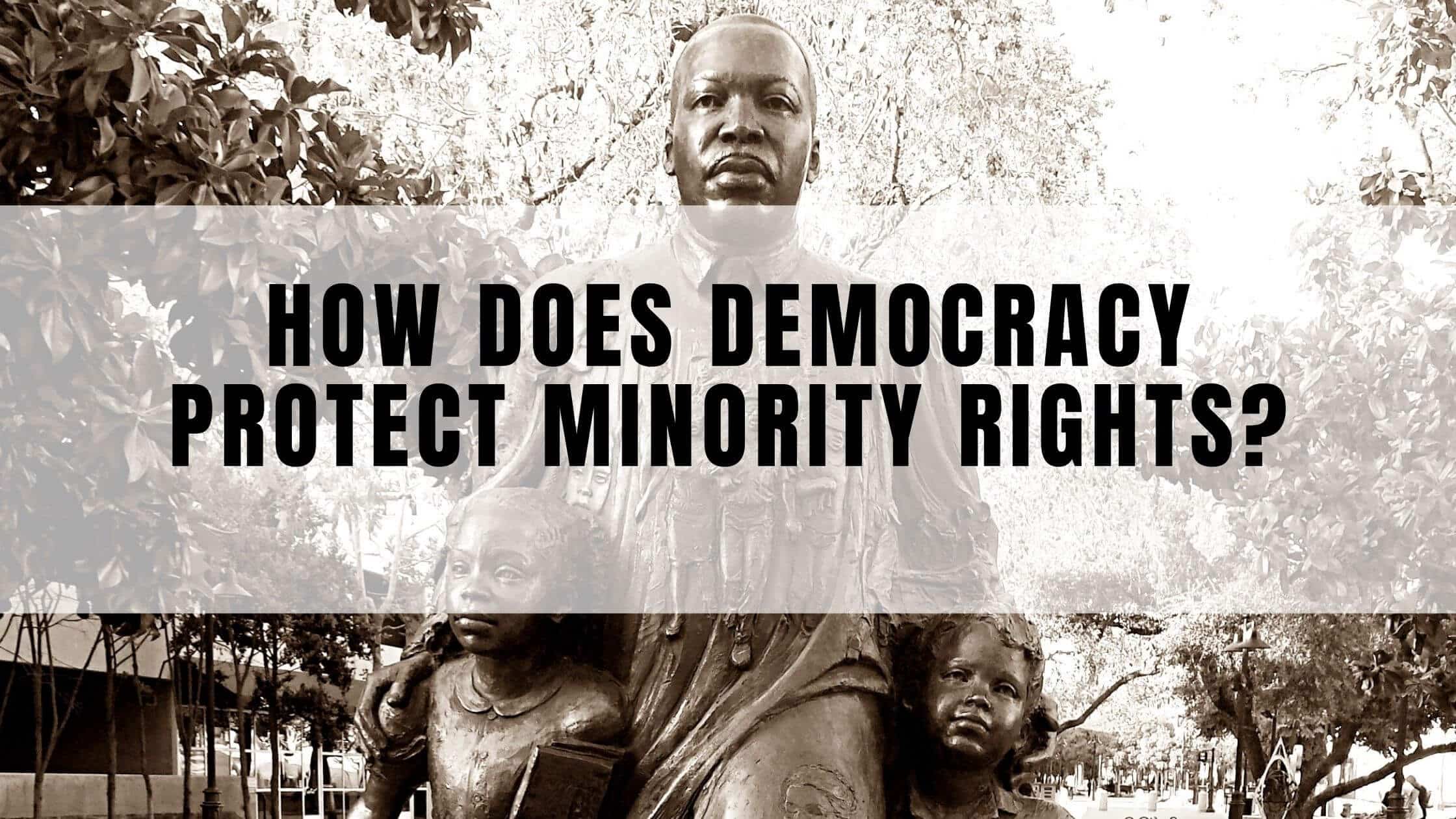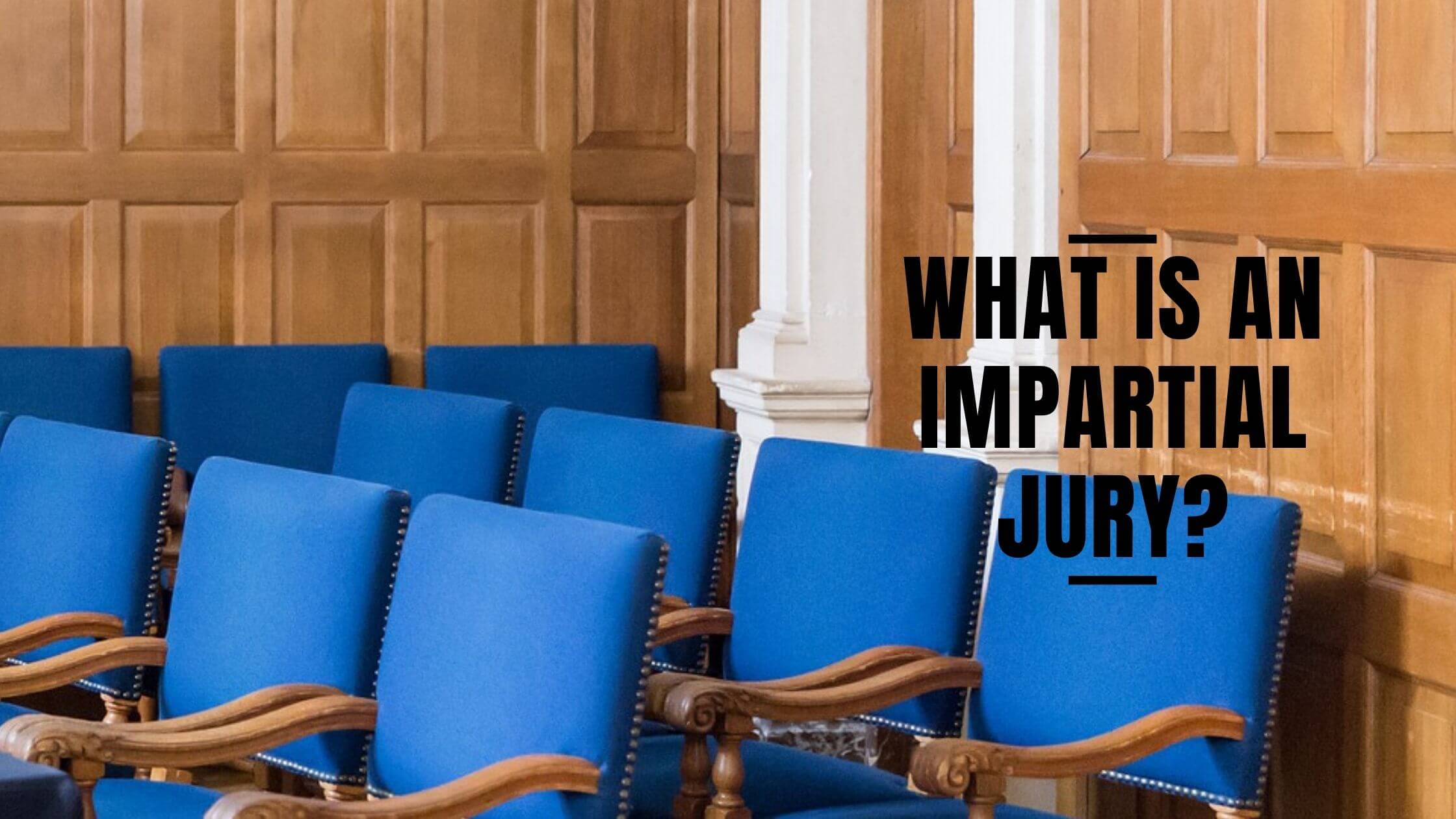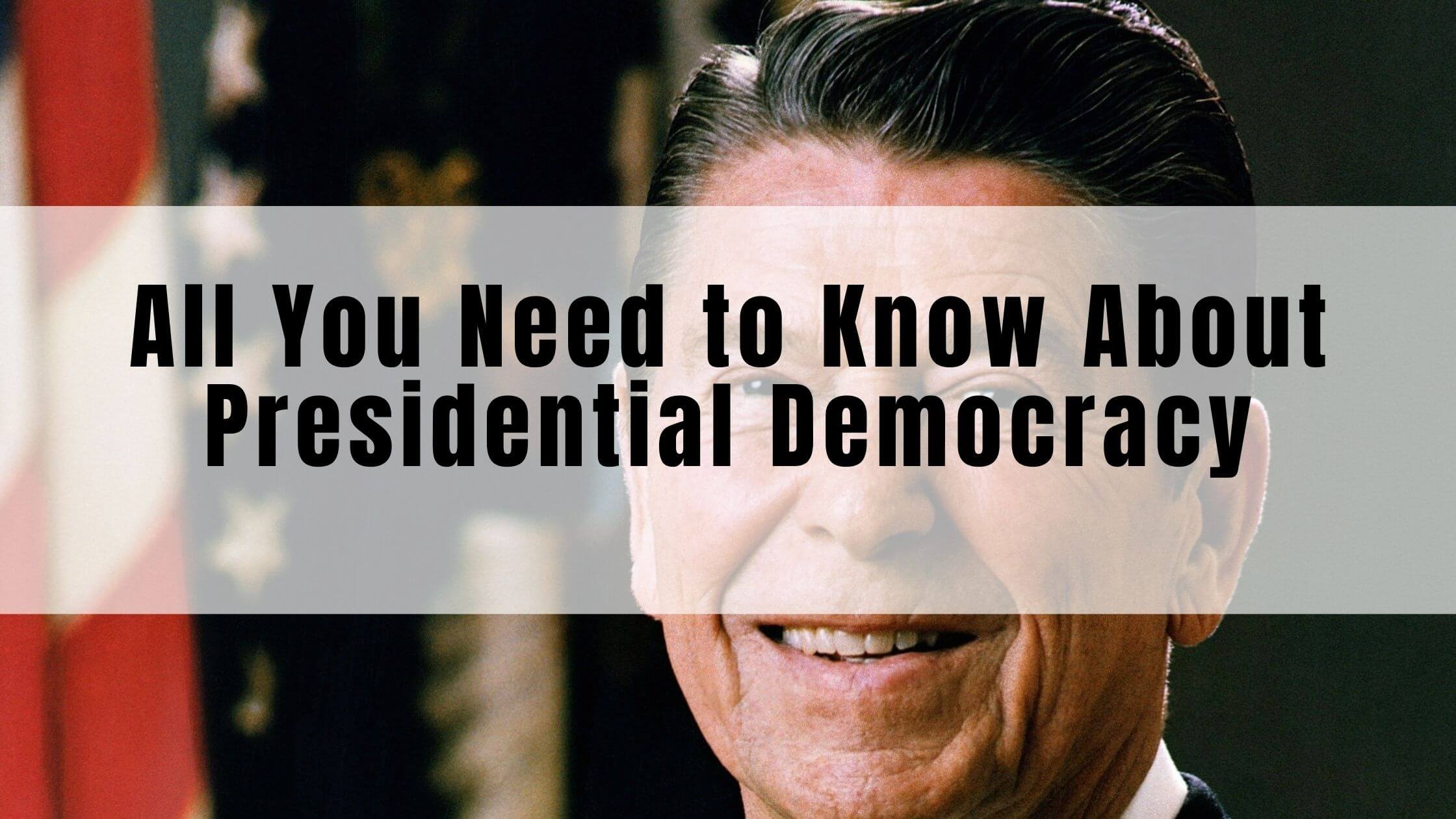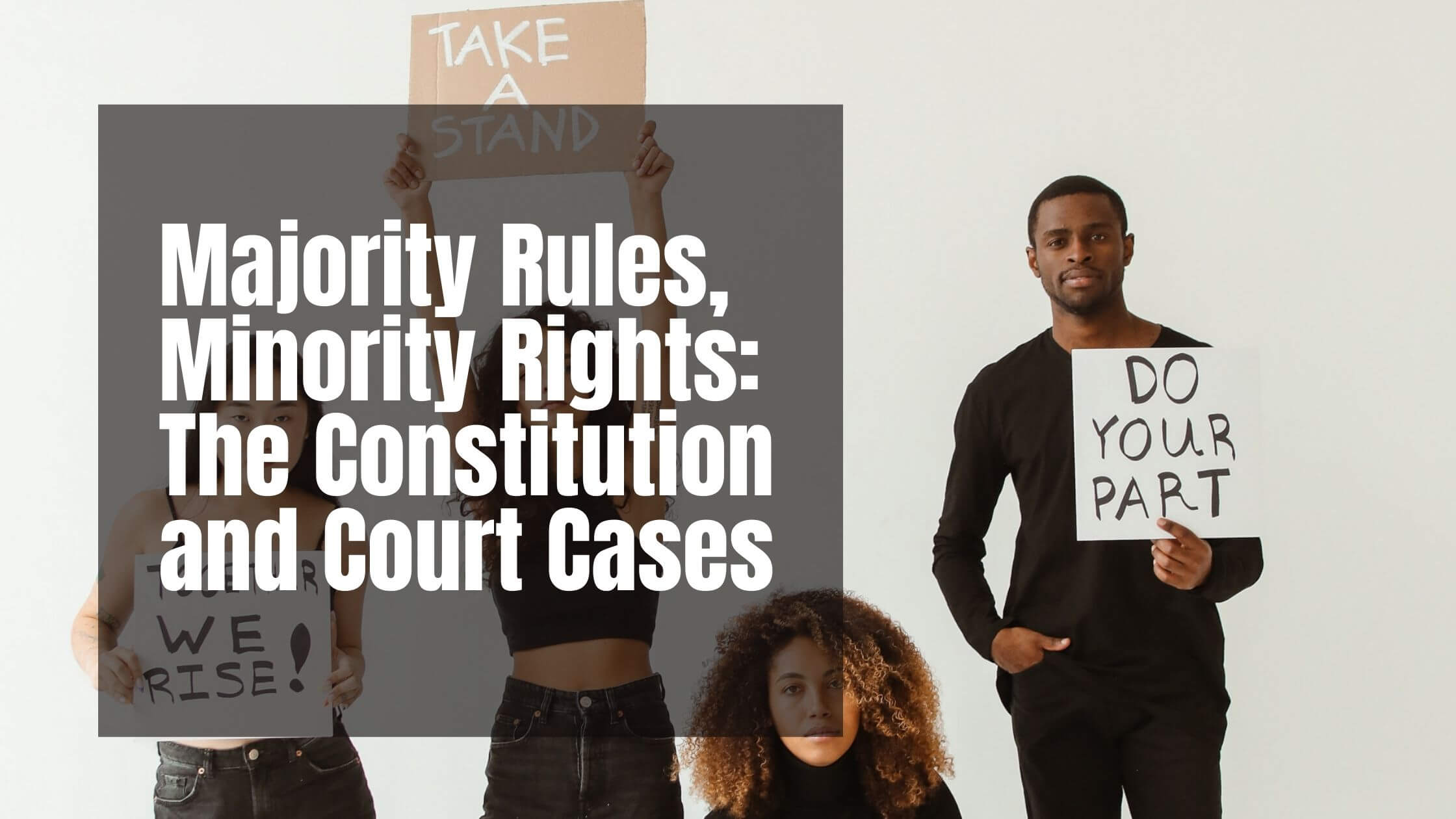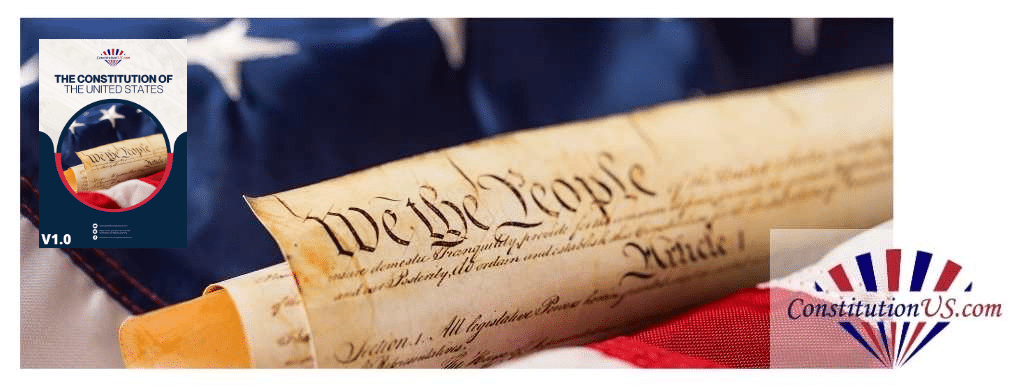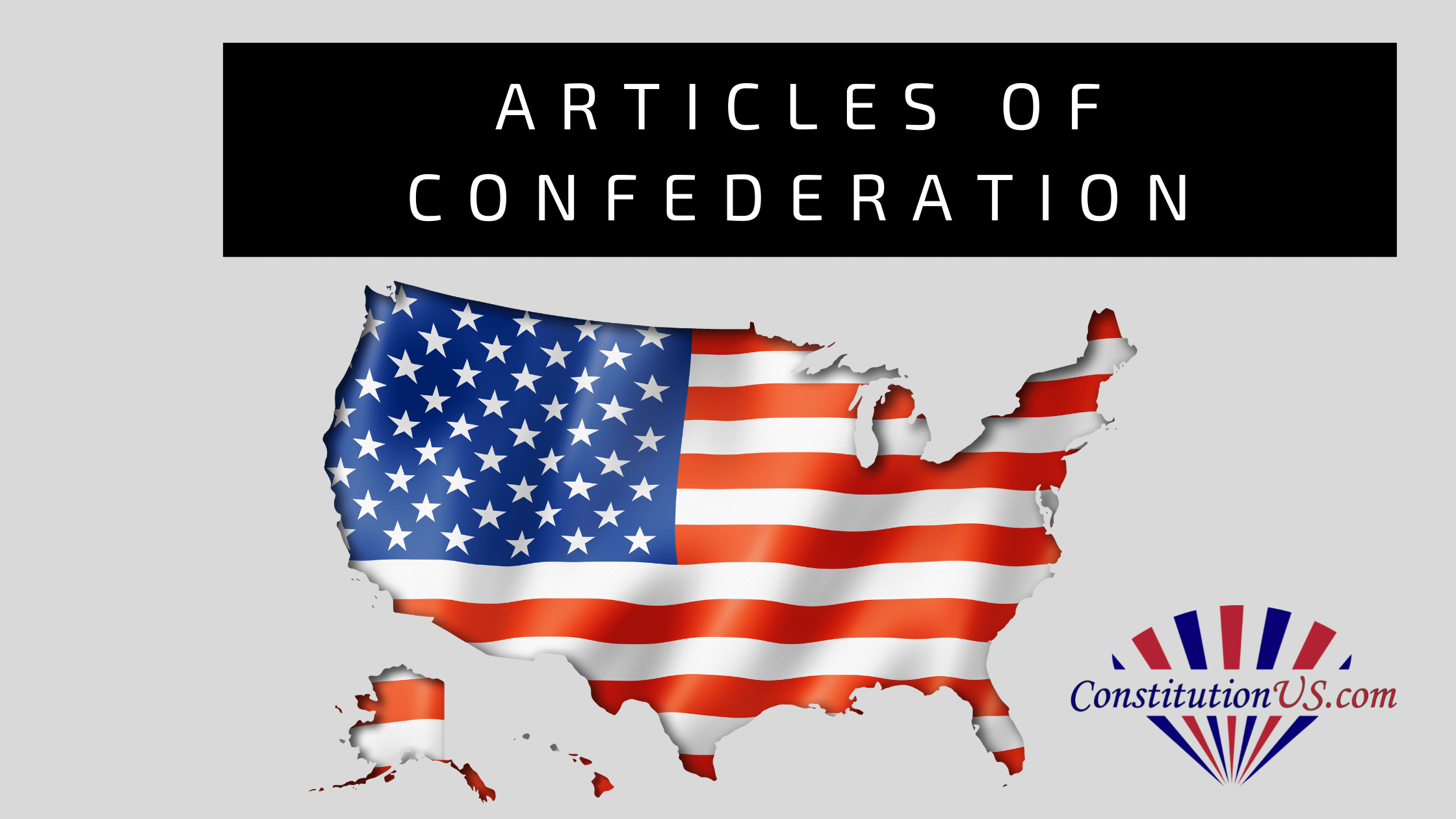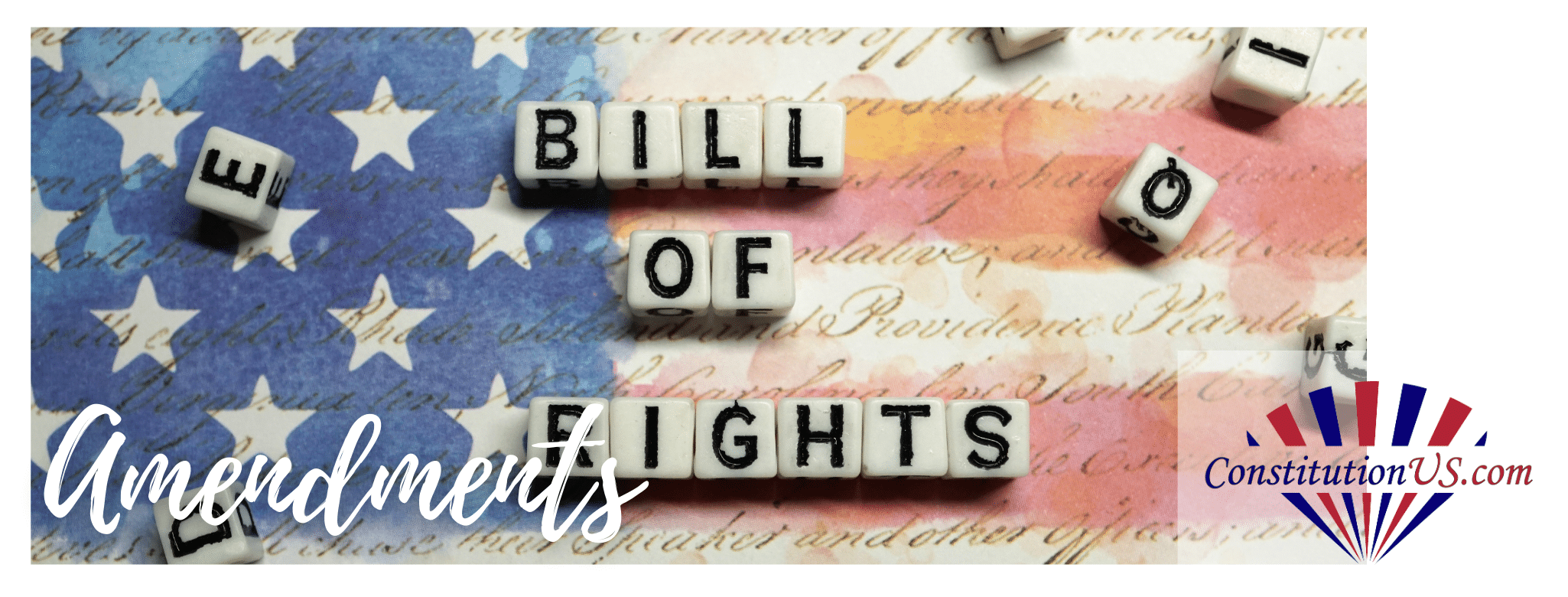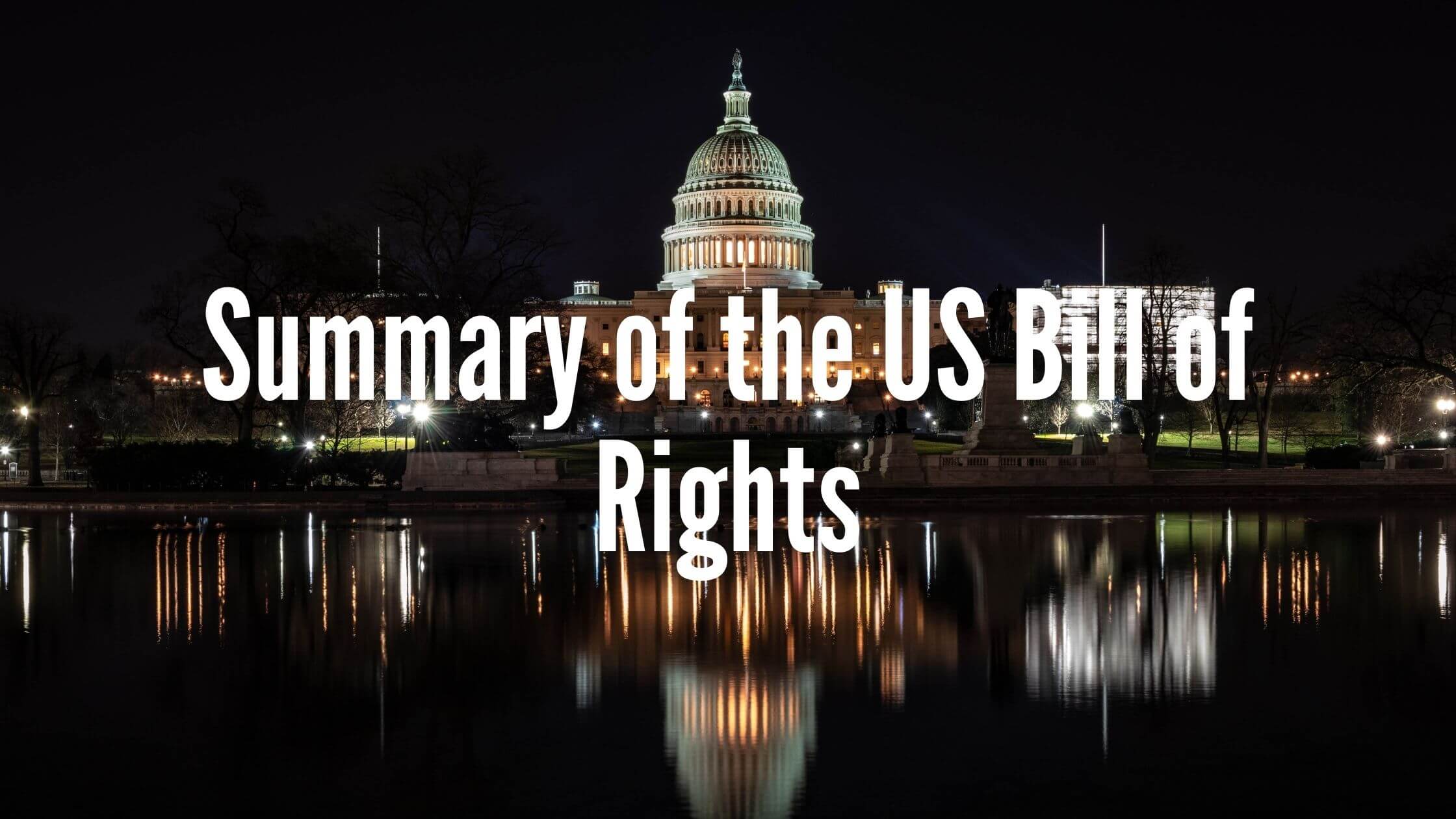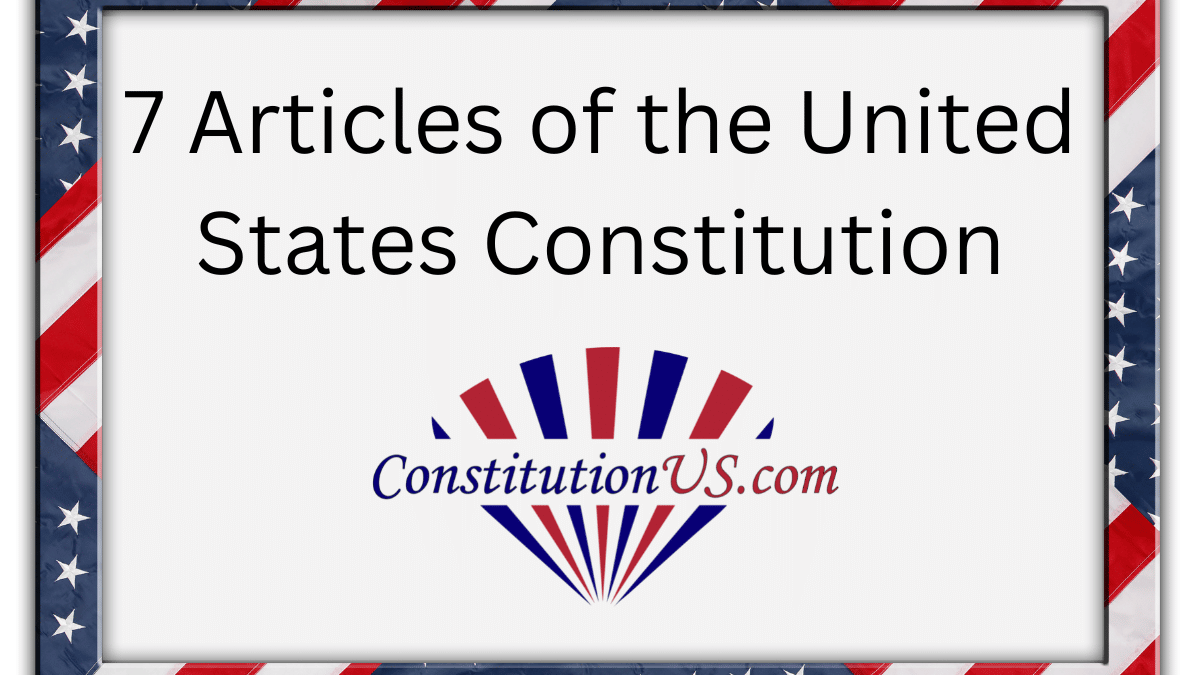Table of Contents
ToggleDemocracy Guarantees Human Rights
In a democracy, whether you lose in a political debate or an election, or belong to a minority group due to ethnic background, geographic location, religious belief, gender preference, civil status, educational experience, or socioeconomic level — you are guaranteed fundamental human rights. No one — not any person, government, nor the majority — can remove these rights from you. This is called the Majority Rule, Minority Rights Principle, which holds the twin pillars of democracy.
The Majority Rule, Minority Rights Principle practiced in a democracy protects minority rights by ensuring that even if a majority decision is followed, that decision should never impinge on the fundamental human rights of minorities.
This Principle is based on the beliefs and elements democracy is founded upon. In turn, democracy provides the environment for the Majority Rule, Minority Rights Principle to work.

Get Smarter on US News, History, and the Constitution
Join the thousands of fellow patriots who rely on our 5-minute newsletter to stay informed on the key events and trends that shaped our nation's past and continue to shape its present.
Democracy’s Foundations
Liberal democracies champion the individual’s development and well-being as the foundation of a well-functioning society.
They are based on four central beliefs:
- That the individual is moral and rational.
- That the natural condition of mankind is always towards growth and development.
- That individuals co-create society in the direction of cooperation and order.
- That shared power among all is always better than concentrated power vested in only one person or group.
Essential Elements for Democracy to Work
Based on these foundational beliefs, a democracy must have four key elements, as pointed out by Stanford University political scientist Larry Diamond:
- A political system for choosing and replacing the members of government through free and fair elections.
- Active people’s participation as citizens in civic and political life.
- Protection of all human rights.
- The practice of the Rule of Law, where all laws apply equally to all people.
The less democracy and the Majority Rule, Minority Rights Principle can work when any of these elements are eroded or absent.
With so many people in a society coming from diverse backgrounds and cultures, how can people’s different desires, will, and choices be melded to provide a clear direction for good governance?
Democracy Sets the Stage for the Majority Rule, Minority Rights Principle to Work
This has been addressed throughout history via the emergence of different types of democracy. A scholar, John Paul Gagnon, has studied the various descriptions of democracy and come up with 2,234 variations, many of which tend to overlap. Four key types discussed below reflect democracy’s origins and practice and how the Majority Rule, Minority Rights Principle works.
Direct Democracy and the Majority Rule, Minority Rights Principle
Direct democracy is where all citizens are invited to participate in all political decisions, and decisions made are by majority rule. This type of democracy is not practiced anymore today. It is simply not feasible to do so with large populations and more consciousness of all peoples’ basic human rights and civil liberties. In a direct democracy, only the Majority Rule part of the Principle can work.
Representative / Constitutional Democracy and the Majority Rule, Minority Rights Principle
Representative democracy is where representatives are elected by the people who are entrusted with carrying out good governance. The majority of countries in the world today practice representative democracy, especially since it is very applicable to large populations. Examples are Argentina, Brazil, Canada, France, Germany, India, Japan, Mexico, the Philippines, Russia, South Africa, Tanzania, Turkey, the United Kingdom, and the United States.
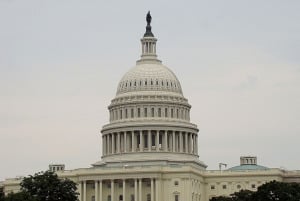
Constitutional democracy is where a constitution duly ratified by the people outlines who will represent the people and how. Many representative democracies are also constitutional democracies.
In both representative and constitutional democracies, the Majority Rule, Minority Rights Principle can work.
Monitory Democracy and the Majority Rule, Minority Rights Principle
Monitory democracy is an emerging term suggested by political scientist John Keane in his book, Life and Death of Democracy (Simon and Schuster, 2009), which describes the state of many democracies in the world today. The government is constantly monitored in its exercise of power by an array of public and private agencies, commissions, and regulatory mechanisms.
In monitory democracy, the Minority Rights aspect of the Majority Rules, Minority Rights Principle can become more robust and even match the political power of the ruling majority.
Given the overlapping features of different types of democracies, there are levels of how fully democratic different countries and territories are. The Democracy Index measures these.
The Democracy Index Reflects How the Majority Rules, Minority Rights Principle is Practiced
The Democracy Index was developed and is now used by the Economist Intelligence Unit of the Economist Group, a UK-based private company that publishes the weekly newspaper, The Economist. This index tries to measure the state of democracy in 167 countries and territories globally, of which 166 are sovereign states and 164 are United Nations (UN) member countries.
The Democracy Index uses 60 indicators grouped into five categories: electoral process/pluralism, political participation, political culture, civil liberties, and functioning of government. Each country is then categorized into four regime types: full democracies, flawed democracies, hybrid regimes, and authoritarian regimes.
Full Democracies Can Protect Minority Rights, But Flawed Democracies Less So
In full democracies, the Majority Rule, Minority Rights Principle is fully observed. In flawed democracies, elections are fair and free, and civil liberties are honored, but there are issues in protecting minority rights-for example, media infringement and suppression of political opposition and critics.

In 2022, according to the highest Democracy Index scores, the top 5 fully democratic countries in the world are Norway (9.81), Iceland (9.37), Sweden (9.26), New Zealand (9.25), and Canada (9.24). Therefore, the Majority Rule, Minority Rights Principle, is applied more fully in these countries.
The top 5 flawed democracies are France (7.99), the United States (7.2), Portugal (7.9), Estonia (7.84), and Israel (7.84). Applying the Majority Rule, Minority Rights Principle is also flawed in these countries, and minority rights are not well protected.
Hybrid and Authoritarian Regimes Cannot Protect Minority Rights.
A hybrid regime is a mixed type of political regime usually found in countries transitioning from an authoritarian to a democratic regime. With both the hybrid regime and authoritarian regimes, the Majority Rule, Minority Rights Principle is eroded in practice. They differ only in the degree of erosion. Free and fair elections through majority rule and the protection of minorities’ rights come under consistent attack.
Based on the lowest Democracy Index scores (meaning they’re farthest away from full democracy), the first five hybrid regimes are Nigeria (4.1), Ivory Coast (4.11), Lebanon (4.16), Kyrgyzstan (4.21), and Haiti (4.22). The first five authoritarian regimes are North Korea (1.08), DR Congo (1.13), Central African Republic (1.32), Syria (1.43), and Chad (1.55). It can be seen in these countries that not only are Minority Rights not protected, but even Majority Rule is not honored.
The Majority Rule, Minority Rights Principle in U.S. History
A majority rule that respects minority rights is vital to democratic governance. It’s a process where citizens maintain their individual rights while following the majority. It allows citizens to make changes to the laws as the society, the majorities, and the minorities change and evolve.
How has this worked in U.S. history?
Generally, when the people vote for representatives to carry out their desires, will, and choices in government, the representatives with the most votes represent the people through majority rule. However, their power is also constrained by minority rights which still exist and cannot be eliminated. By exercising their individual rights like the right to peaceful assembly and free speech, the minority can also grow into the majority.
Specifically, they are reflected in the three examples below.
In the U.S. Constitution
In the U.S. Constitution, the first three articles on the legislative (Article 1), executive (Article II), and the judicial (Article III) branches of government define how the people will elect representatives into Congress, and how these elected officials will, in turn, elect officials into the executive and judicial branches of government.

The Articles also identify the duties of each separate but interdependent branch and how they work as checks and balances against each other to ensure balanced governance. These reflect how the people’s will is carried out by majority rule.
However, the U.S. Constitution’s First Amendment, which covers the protection of freedom of speech, press, assembly, and the right to petition the government to redress grievances, reflects how minority rights are also respected. This allows the minority to be heard and even later become the majority.
In the Plessy v. Ferguson Case
In 1896, Homer Plessy, a man who appeared white but was one-eighth black, was arrested in Louisiana for sitting on the white railroad car and refused to move to the black railroad car. According to Louisiana law, all persons with a black lineage are considered black and must be segregated from white people.
After he was released from prison, he took his case to the Supreme Court, which ruled that there could be segregation as long as it was of equal standards applied to all.
This historic Plessy v. Ferguson case demonstrated how even though majority rule allows for segregation, minority rights are also protected by requiring “equal standards.”
In the Brown v. Board of Education Topeka (KA) Case
In 1954, the Brown v. Board of Education Topeka (KA) challenged this Supreme Court ruling. This landmark case dismantled the segregation allowed in the Plessy v. Ferguson case. In the Brown case, 13 minority parents and their children were denied access to a school closer to their homes due to segregation laws. The case showed that the separate schools were not equal and violated the Constitution’s Equal Protection Clause.
The case showed how the minority does have a voice, and the majority has a responsibility to protect and serve the minority. This case also became a catalyst for social change when the masses called for no more segregation in the 1960s. With this social change, the minority eventually became the majority.
Democracy grants sovereign power to the people, who must all be treated equally regardless of background, creed, or color. First, however, two pillars must be erected to make this work: Majority Rule and Minority Rights. Without these two pillars, democracy will just remain as a set of foundational beliefs and ideal key elements. This is evidenced in countries with low Democracy Indices, where the Majority Rule and Minority Rights Principle are weak or eroded in practice.
When democracy is fully at work, the majority also looks out for the minority in considering their decisions under Majority Rule, and minorities take hold of their Minority Rights to express their voices fully.
